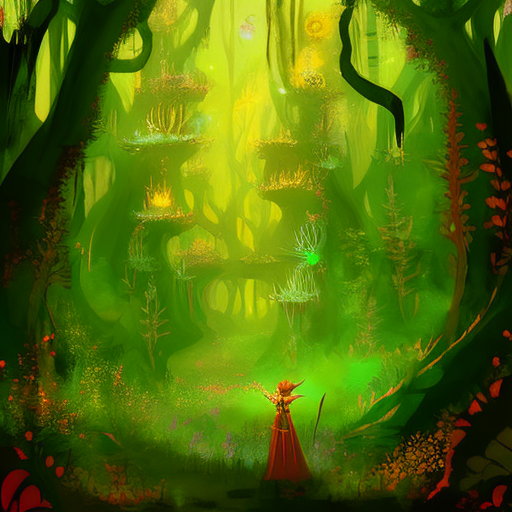One-line summary:
Faeries is a captivating and enchanting book that explores the world of fairies, providing a comprehensive look at their history, folklore, and various cultural interpretations.
The Origins and Folklore of Fairies
Faeries delves into the origins and folklore surrounding these mythical creatures, tracing their roots back to ancient civilizations such as the Greeks, Romans, and Celts. The book explores the belief in fairies as supernatural beings with magical powers, often associated with nature and the elements. It examines how fairies have been depicted in literature, art, and popular culture throughout history, from Shakespeare’s “A Midsummer Night’s Dream” to J.M. Barrie’s “Peter Pan.”
The book also explores the different types of fairies found in folklore, such as the mischievous pixies of England, the benevolent sidhe of Ireland, and the ethereal nymphs of Greek mythology. It discusses the various characteristics attributed to fairies, including their small size, ability to fly, and connection to the natural world. Additionally, Faeries delves into the belief in fairy rings, which were thought to be portals to the fairy realm.
Cultural Interpretations of Fairies
Faeries goes beyond the traditional Western interpretations of fairies and delves into the cultural variations found across the globe. It explores the rich folklore of fairies in different cultures, such as the djinn of Arabian mythology, the yakshas of Hinduism, and the tengu of Japanese folklore. The book highlights how these cultural interpretations shape the perception and portrayal of fairies in their respective regions.
Furthermore, Faeries examines the role of fairies in indigenous cultures, such as the Native American tribes and the Aboriginal peoples of Australia. It discusses how fairies are often seen as guardians of the natural world and how their stories and legends are intertwined with the land and its spiritual significance.
The Modern Perception and Influence of Fairies
In the final section of the book, Faeries explores the modern perception and influence of fairies in popular culture. It discusses the resurgence of interest in fairies during the Victorian era, when fairy tales and folklore became popular among both children and adults. The book also examines the impact of fairies in literature, from the works of authors like George MacDonald and C.S. Lewis to contemporary fantasy novels.
Additionally, Faeries delves into the role of fairies in modern paganism and New Age spirituality. It explores how fairies are often seen as spiritual beings connected to the natural world, and how they are invoked in rituals and practices. The book also discusses the commercialization of fairies, with their images being used in advertising, fashion, and various consumer products.
Key Takeaways:
- Fairies have a rich and diverse history, with origins in ancient civilizations and folklore from around the world.
- They are often associated with nature, magic, and the supernatural, and have been depicted in various forms of art and literature.
- Fairies have different cultural interpretations, reflecting the beliefs and traditions of different regions and societies.
- Modern perceptions of fairies are influenced by popular culture, literature, and spirituality.
- They continue to captivate the imagination and inspire creativity in various forms of media and artistic expression.
“The world of fairies is a realm of wonder and enchantment, where the ordinary becomes extraordinary and the impossible becomes possible.”
In conclusion, Faeries provides a comprehensive exploration of the world of fairies, delving into their origins, folklore, and cultural interpretations. The book highlights the enduring fascination with these mythical creatures and their influence on art, literature, and spirituality. Whether you are a believer in fairies or simply intrigued by their allure, Faeries offers a captivating journey into their magical realm.












